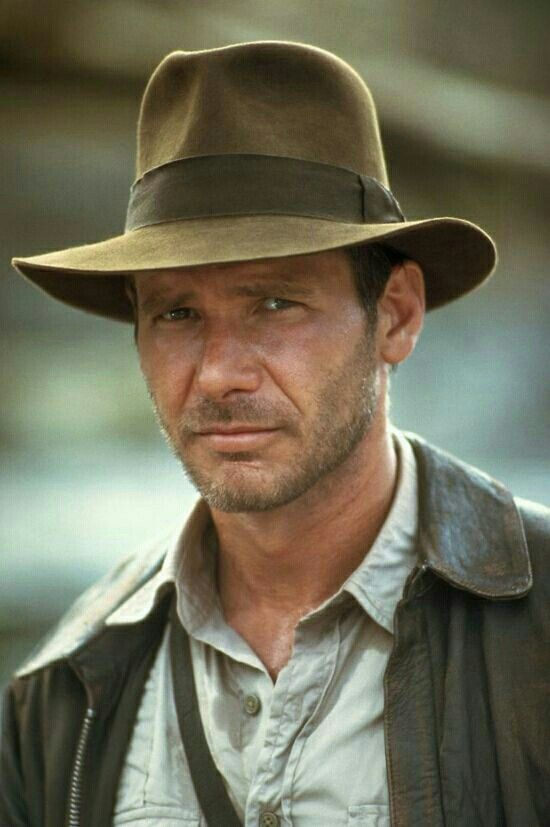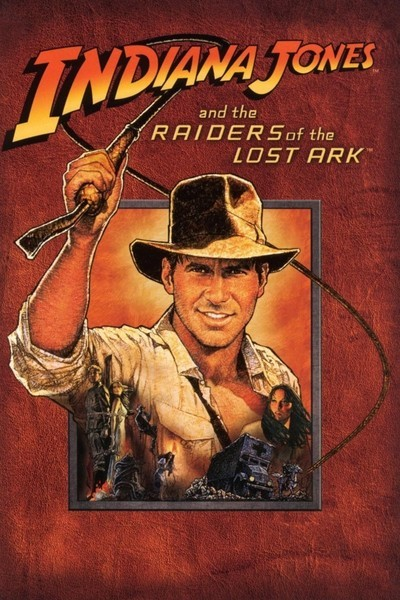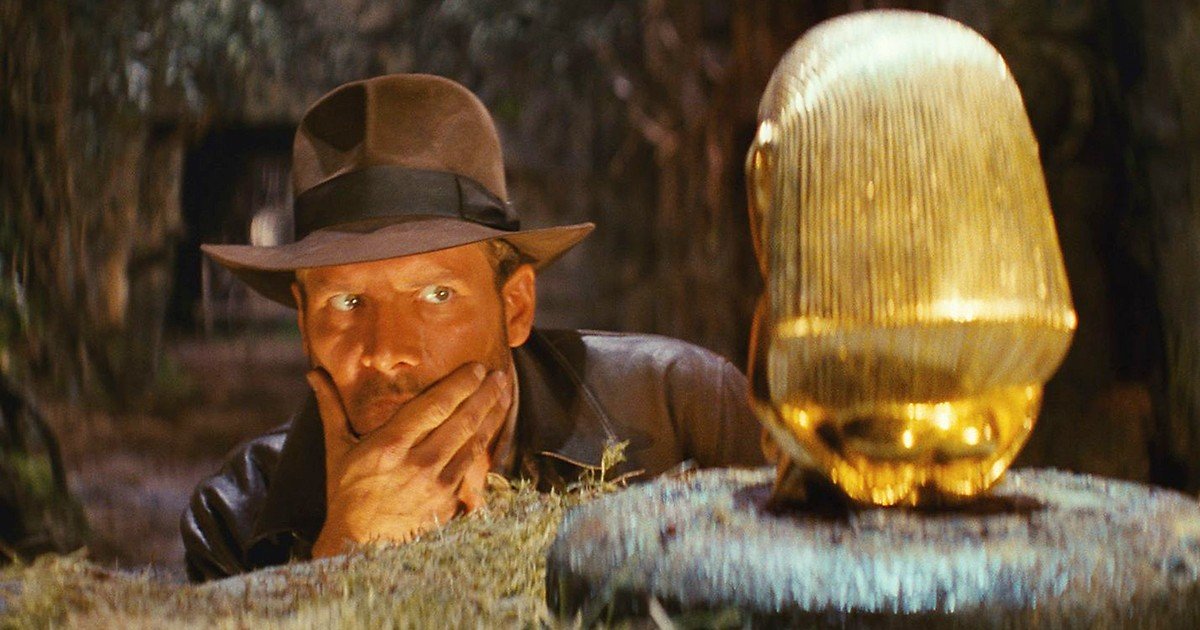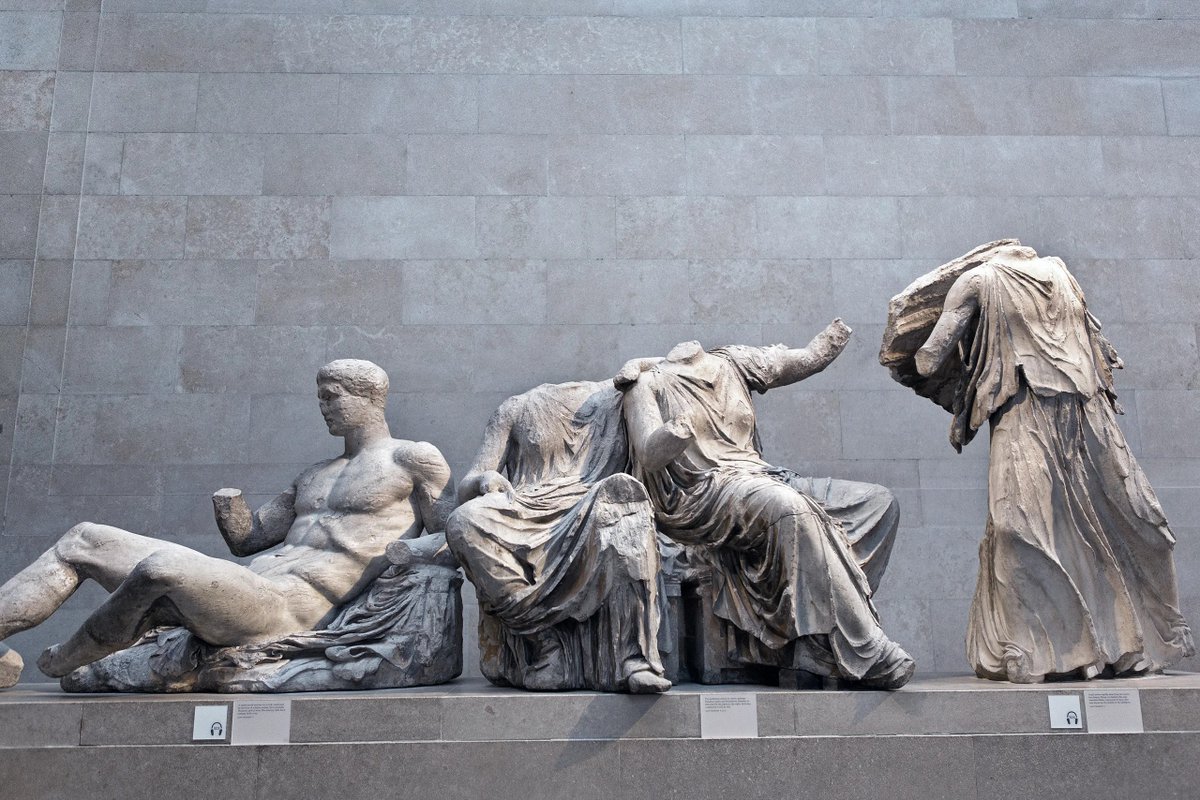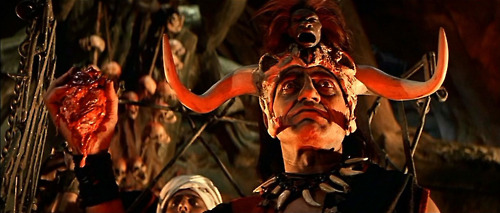#CLST6 #CYO4
When I told my parents that I chosen an archaeology course, they immediately replied 'Are you going to be the next Indiana Jones?'.
I only found it fitting, then, to choose to listen to the ArchyFantasies podcast on 'Indiana Jones and Pseudoarchaeology'.
When I told my parents that I chosen an archaeology course, they immediately replied 'Are you going to be the next Indiana Jones?'.
I only found it fitting, then, to choose to listen to the ArchyFantasies podcast on 'Indiana Jones and Pseudoarchaeology'.
Serra Zander, Dr Kenneth Fader, and Dr Jeb Card begin by discussing the release of 'Raiders of the Lost Ark' in 1981. There can be no doubt that it had a lasting effect on how archaeology was viewed in pop culture.
The movie and its sequels promoted huge enthusiasm in archaeology. Harrison Ford was even presented with the Bandelier award by the American Institute of Archaeology for his efforts.
The podcasters then go on to discuss the roles of antiquity and mythology displayed in the movies. A recurring theme is the cautionary tale about avoiding cursed objects of great power. This is played upon in the movies, e.g., God’s wrath on the Nazis when they open the Ark.
Analysis of the Jones movies reveals that the dominant representation of archaeological research in mainstream media is mythic rather than realistic in focus. This can be seen in the props chosen movie props which include: Aztec sandstone, Incan walls, Ecuadorian seat decorations
These individual elements are based on real artifacts, although they are from different cultures and from different time periods. However, due to Hollywood, time and ancient history is compressed into a single trope.
There are many important themes discussed in this podcast that apply to other areas of archaeology. One of these is the conflict between unrealistic portrayals of archaeology in pop culture, and the actual study of archaeology.
How do we retain the enthusiasm for these movies while also ensuring that the appropriate work and care is taken to respect ancient artifacts and their significance to different cultures? Archaeologists cannot run around taking whatever object takes their fancy.
In that sense Indy’s adventures are reminiscent of the blatant theft of ancient objects by Europeans to be sold for profit, which has led to great controversy over the possible repatriation of certain objects, such as the fight between Greece and England over the Elgin Marbles.
Another key topic is the stereotyping that the Jones movies peddle. The Temple of Doom, for example, contains many racist stereotypes concerning Hindus, such ritual sacrifices or the dinner scene featuring chilled monkey brains and live snakes.
Archaeologists must consider the wider reaching ramifications of their surveys and excavations. In this class, Professor Dibble has always stressed the importance of community engagement and positive relationships with the people whose sites you are surveying/excavating.
In conclusion, although the Indiana Jones movies have brought a lot of enthusiasm and publicity for the study of archaeology. It is important to remember that these movies are largely incorrect and must not have their bigoted worldviews translated into the archaeological field.
Sources: ArchyFantasies. Episode 77, 'Indiana Jones and Pseudoarchaeology'.
Keefe, Patrick Radden. “Spitballing Indy.” The New Yorker, 2013, http://www.newyorker.com/culture/culture-desk/spitballing-indy.
Keefe, Patrick Radden. “Spitballing Indy.” The New Yorker, 2013, http://www.newyorker.com/culture/culture-desk/spitballing-indy.

 Read on Twitter
Read on Twitter